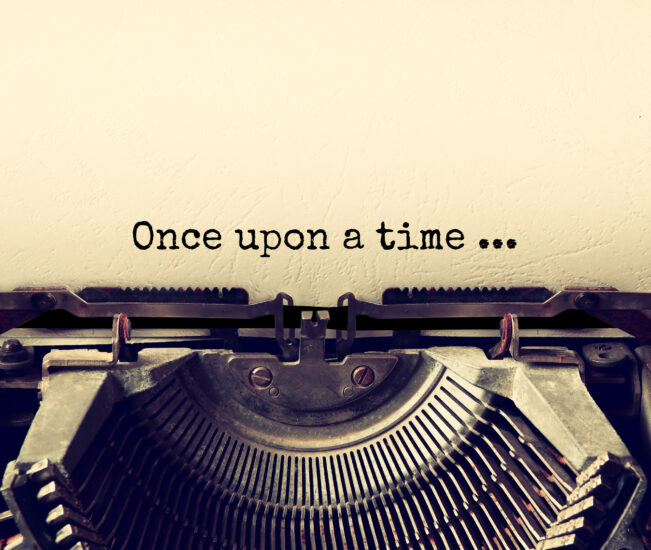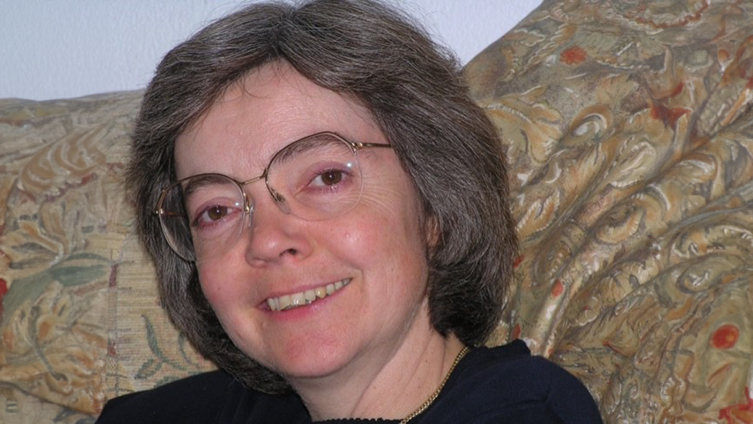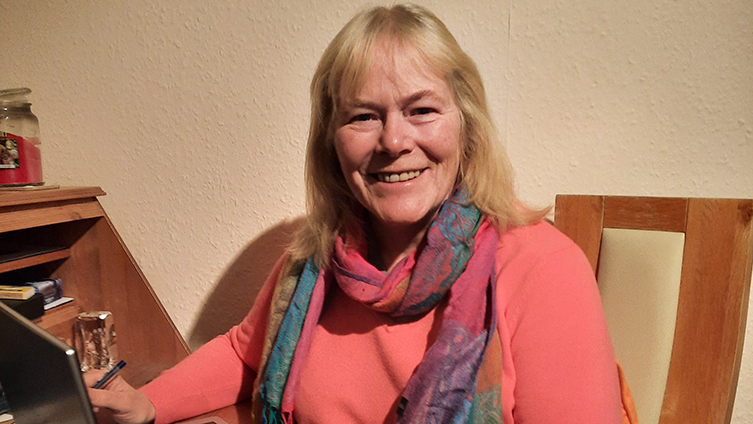
This week we welcome author, Nina Hoole, as our Writer Of The Week. Nina’s short story, “A Day On Parade” is the opening story of our Special 208, on sale Wednesday, May 5.
What was the inspiration behind “A Day On Parade”?
We were looking into our family history, and my mother-in-law got out her old family photos. There seemed to be a lot through the years taken at an event called “Walking Day”. As a Midlander, I’d never heard of it!
It’s a tradition that’s been going on in the North of England for over 100 years, and it was a chance to put on their best clothes, get together with the community and have fun at the ‘field day’ afterwards. She had so many tales to tell that I knew it must have been an annual highlight for her as a child.
The beautiful illustration for this story, by Mandy Dixon, was inspired by a photo of the real-life ‘Rose Queen’s Parade’ in the 1950s. Can you tell us about the photo?
The original photo was taken when my mother-in-law was picked to be one of the Rose Queen’s attendants at her church.
Nearly 70 years later she still remembers the details of the dress fittings, whitening her sandals, and the excitement and nerves of everybody watching (though her experiences were thankfully nothing like Susan’s in the story!).
When I’m writing, I find it difficult to picture a character’s face. So it’s exciting to see what the illustrator has done and which scene they’ve picked out. They’re so talented, and the pictures always lift the story onto another level.
The story is a good example of how a real-life event can inspire fiction. It takes place around Whitsun – do you find it helpful to have a date as a starting point?
This story was about an occasion which only takes place at a specific time of year. But I don’t normally start off a story with a date in mind, just a series of events.
I haven’t written any other stories about a particular real-life occasion, though my story “Ticket to Happiness” (published in “The People’s Friend” back in 2018) was about a tram clippie in World War 1.
The setting was inspired by an exhibition on female conductors at the wonderful Crich Tramway Village in Derbyshire.
“A Day On Parade” features children growing up in the 1950s. As a child, who were your favourite authors?
I’m a child of the 1980s. I lived off Enid Blyton and was desperate to be in the Famous Five, or sail off to the Island Of Adventure.
I also loved the magical “Snow Spider” trilogy by Jenny Nimmo, and Alan Garner’s “The Weirdstone of Brisingamen”.
This fascinated me as it’s set not too far from where I grew up and it felt so real.
There’s gentle humour in the story. How tricky is it to get that right?
I knew I wanted the story to be about a tomboy and the scrapes she gets into whilst being desperate to be the perfect attendant in her pretty dress. The humour just came out as I wrote it.
Notebook and pencil, or laptop? Kitchen table, or study? Blank wall, or inspiring view?
I always write out the first draft with paper and pen, usually on the sofa, to get the shape of the story down and reach an ending.
The second draft is at my desk in the spare room, when I type it up onto the laptop and make changes and move bits around. Then I’ll print it out and scribble on it some more; I find it easier to work from paper than a screen.
I’m prone to procrastination, so a blank wall is better for me. I find myself staring out of the window watching the squirrels running along the garden fence, or seeing which birds are on the feeder.
And a PS — what’s your one top tip for an aspiring writer of the week?
When you’re buzzing from having finished a story, it’s tempting to send it out straightaway. Don’t.
Leave it for as long as you can bear, a month or more if you can.
When you come back to it with fresh eyes, typos and plot issues often jump out.
But sometimes you’ll read through it and think “Wow, I wrote that!”




